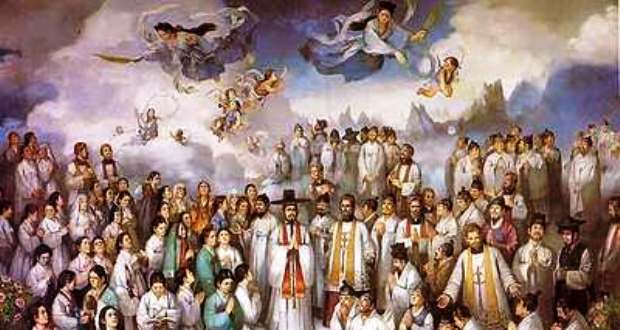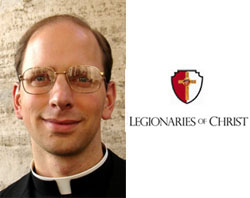The Divine Encounter: Healing the Leprosy of Sin

In the intricate mosaic of human existence, woven with threads of joy and sorrow, victories and struggles, there exists a malady more profound than any physical infirmity—the leprosy of sin. It lurks in the recesses of our souls, corroding our sense of wholeness and erecting barriers between us and the Divine. Yet, within the scriptural account of Mark 1:40-45, we unearth a poignant narrative of restoration—a moment where the Divine intersects with the human, extending healing and redemption to the broken-hearted.
Central to this narrative stands a figure enveloped in affliction—a leper, bearing not only the physical scars of his condition but also the weight of societal marginalization and spiritual desolation. Leprosy in ancient times was not merely a bodily ailment but a metaphor for the spiritual malaise that plagues humanity—the blight of sin that severs our connection with God and with one another. As the leper approached Jesus, his posture spoke volumes, for he did not stand defiant or aloof but knelt before the Son of God, humbled by his own brokenness and yearning for healing. In this act of kneeling, we discern the essence of prayer—the recognition of our dependence on God, the relinquishment of our pride, and the readiness to receive His grace.
The significance of Jesus touching the leper cannot be overstated. In a society where lepers were ostracized and avoided, to touch one was to risk contamination and ceremonial impurity. Yet, Jesus, moved by compassion, disregarded social taboos and reached out His hand to touch the leper, declaring, “I am willing; be cleansed.” In that moment, the Divine reached out to the untouchable, dismantling barriers of fear and stigma, and revealing the transformative power of love.
However, the exchange that ensued was not merely physical; it was profoundly spiritual. As Jesus touched the leper, He did not contract his affliction but rather transmitted His healing virtue, purifying not only the body but also the soul. In this Divine exchange, we witness the essence of redemption—the exchange of our brokenness for His wholeness, our sin for His righteousness. The leper, once an outcast, was reintegrated into community, no longer defined by his affliction but by the grace of the One who had reached out to him.
The impact of this encounter echoes through the annals of time, resonating with the universal human experience of brokenness and the enduring promise of redemption. For in Jesus, we encounter not only a healer of bodies but a healer of souls, extending forgiveness to the penitent and restoration to the fallen. The leprosy of sin, which isolates and alienates, is powerless against the limitless love of God, which seeks out the lost and embraces the broken.
As we contemplate the posture of the leper, kneeling before Jesus in humility and faith, may we too be reminded of the significance of prayer—the act of surrendering our burdens, confessing our sins, and opening ourselves to the transformative grace of God. And may we, like the leper, approach Jesus with expectant hearts, assured of His willingness to cleanse us from all unrighteousness and restore us to wholeness.
In the embrace of His Divine touch, may we find healing for the leprosy of sin that afflicts us, restoration for the brokenness within us, and redemption for the soul longing to be made whole.





